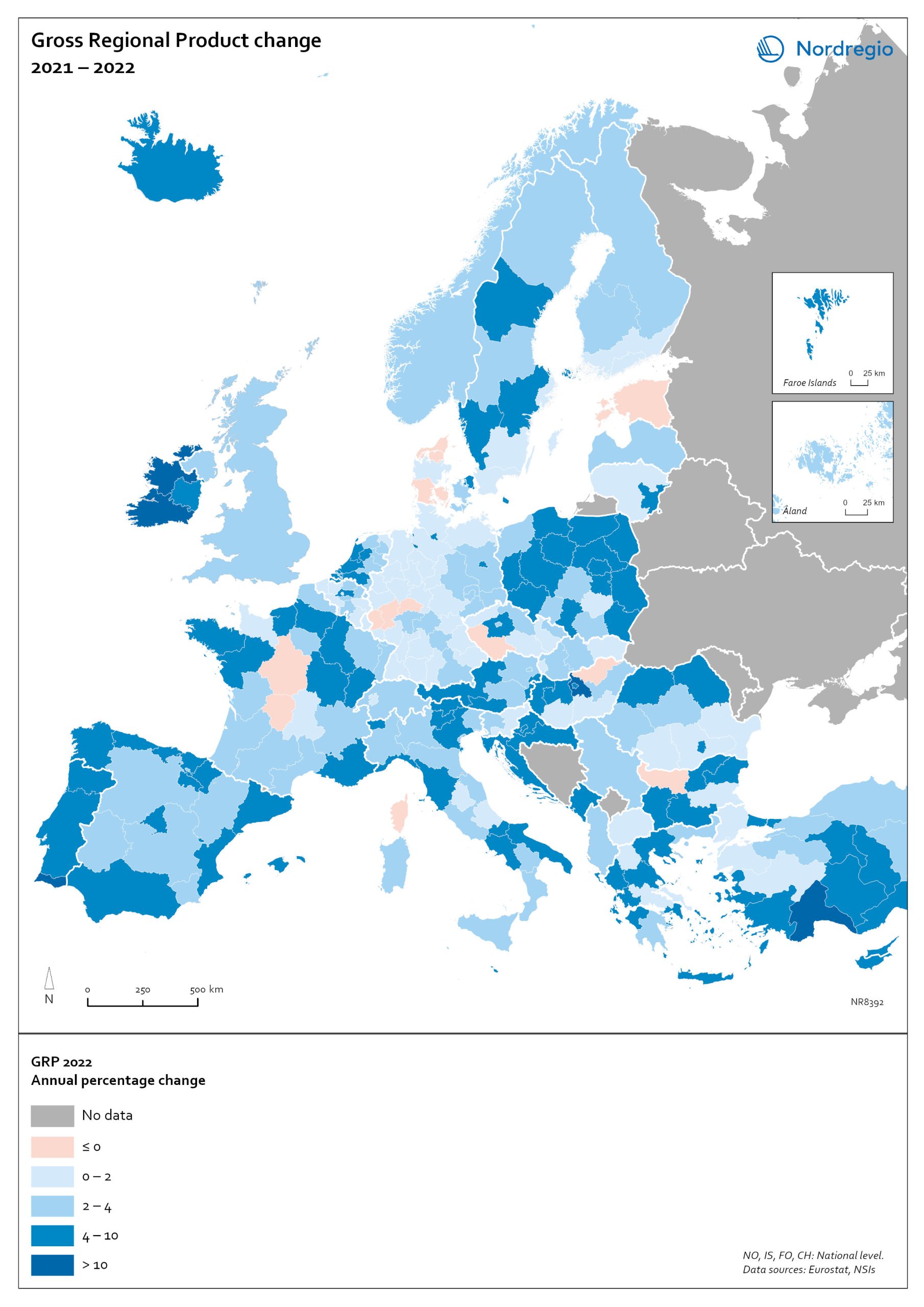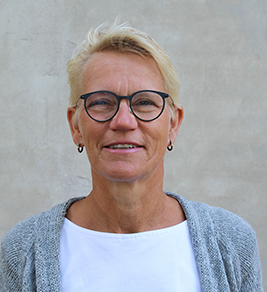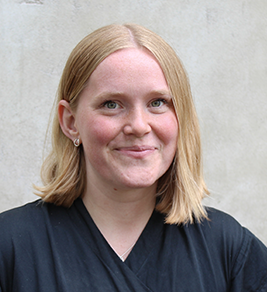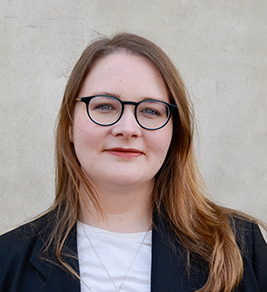This map shows the percentage growth in regional GDP, also called the Gross Regional Product (GRP) in European NUTS2 regions between 2021 and 2022. The blue shades represent an increase in GRP, while the red shades indicate a decrease between 2021 and 2022.

In Denmark, the Capital Region (including Copenhagen) had the highest growth. The Midtjylland region, which includes the second-largest city, Aarhus, was the second-fastest growing. Two regions, Northern Jutland, and Southern Jutland, both had falling GRP. These trends align with the levels of GRP in Denmark, where the Capital Region’s figure is approximately six times greater than that of Northern Jutland.
For the other Nordic countries, the regional pattern seems to be less closely linked to urbanisation. In Finland, for example, the highest growth of GRP between 2021 and 2022 is found in the northern and less populated regions. However, the GRP in the Capital Region of Finland is approximately 10.5 times higher than in Northern Lapland. The same pattern is evident in Sweden, where Middle Norrland has had the biggest GRP increase, potentially driven by the development of green economies, including the production of lithium-ion batteries. While a one-year period is too short to reach a definitive conclusion regarding persistent economic regional convergence, it will be interesting to follow and investigate this trend in greater detail in the future.





